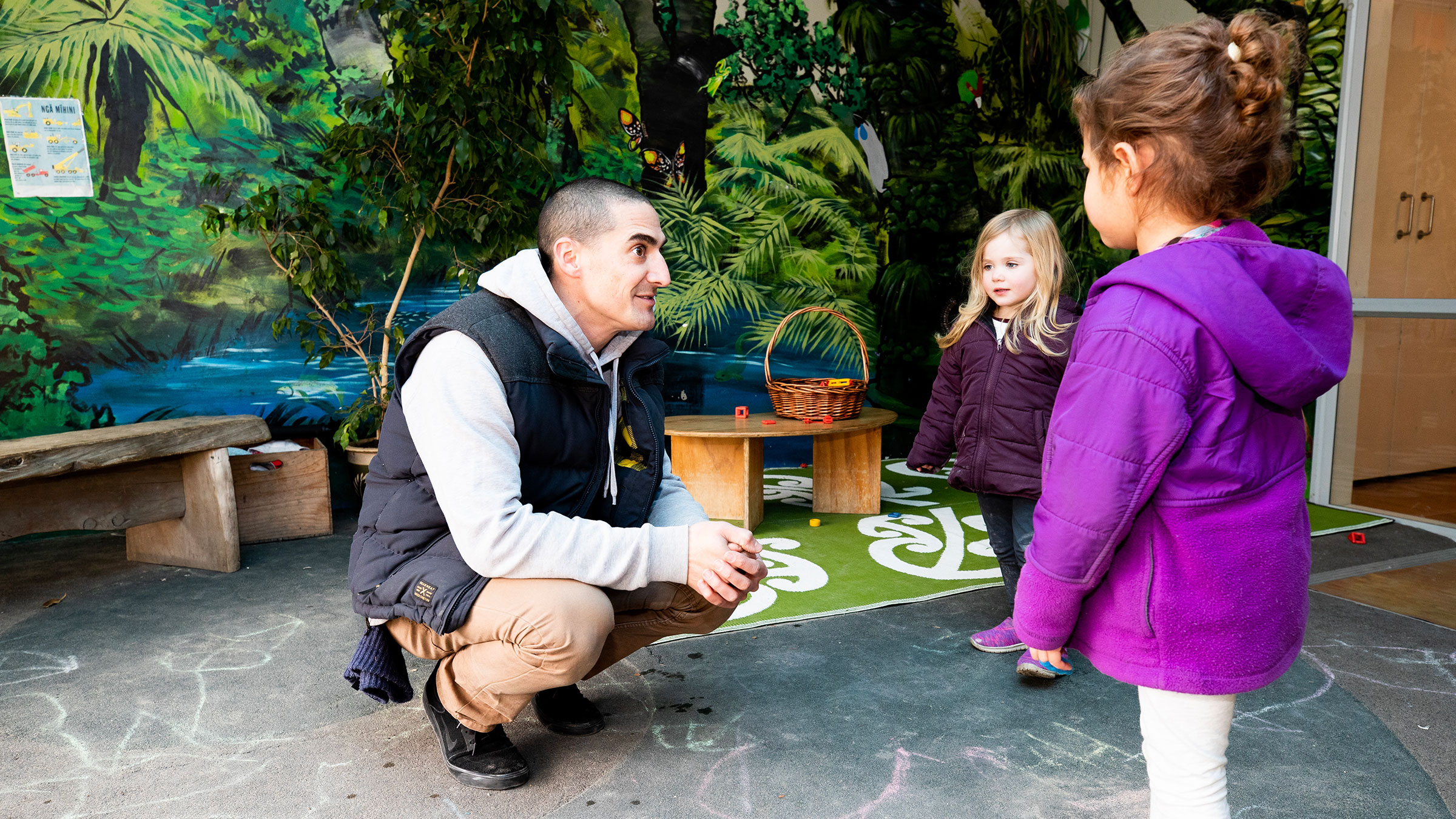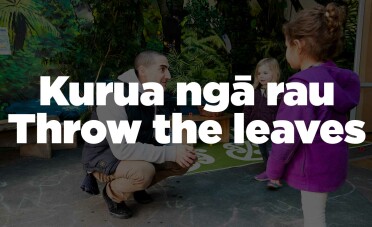Te tiaki i te taiao Caring for the environment
Establish your tikanga for te tiaki i te taiao (Caring for the environment) when collecting natural resources.
Exploring te ao kori — Activity collections
This resource is part of a series within the Exploring te ao kori activity collections called Our natural environment.

Intended learning outcomes
Ākonga:
- take individual and collective action to contribute to te ao kori environments by establishing their own simple tikanga for collecting natural materials
- establish their own tikanga and explain how this contributes to conservation and personal/group safety.
Suggested approach
Introduce the idea to ākonga that, when they collect materials, they are taking things from the environment.
Ākonga discuss what they know about caring for plants, trees, and the areas in which these things grow. In groups, ākonga develop guidelines for looking after Papatūānuku.
Ākonga brainstorm how they can care for their local and school environments and make an action plan for their class to help look after the natural resources in their school grounds.
Introduce tikanga associated with the collection of environmental materials and discuss how this might suggest ways that ākonga can look after themselves, others, and the environment.
Ākonga discuss why tikanga is followed when collecting natural resources. This discussion may be assisted by local Māori who will best know the tikanga that is used within their region in relation to the collection of natural resources.
Approaches to te taiao, and collecting natural resources, vary between hapū and iwi. Acknowledging mana whenua and the tikanga for collecting natural resources in your area can begin with conversations and partnerships with ākonga and whānau who bring expertise to the classroom. If you have no Māori whānau, or hapū or iwi connections, within your school, seek introductions to Māori communities through Kāhui ako/school networks, or talk to the strategic advisor Māori at your regional Ministry of Education office.
Show ākonga pictures of bush, swamp, and coastal areas where they could collect materials that could be used for te ao kori activities; for example, harakeke, raupō, toetoe, and pine cones.
Show ākonga pictures of raupō, toetoe, and harakeke so that they can see which parts of the plant they will gather. As a class, ākonga discuss and identify the characteristics of the plants, such as, shape, colour, where each plant grows, and which parts will be collected.
Ākonga discuss the tikanga of how to look after the plants so they will continue to grow well; how to cut, carry, and look after their gathered materials as they move from place to place; and also how and where they should store the resources they collect.
Ākonga also need to identify and discuss risks that could cause them physical harm, and establish simple guidelines that can be used when they are collecting materials for te ao kori activities.

